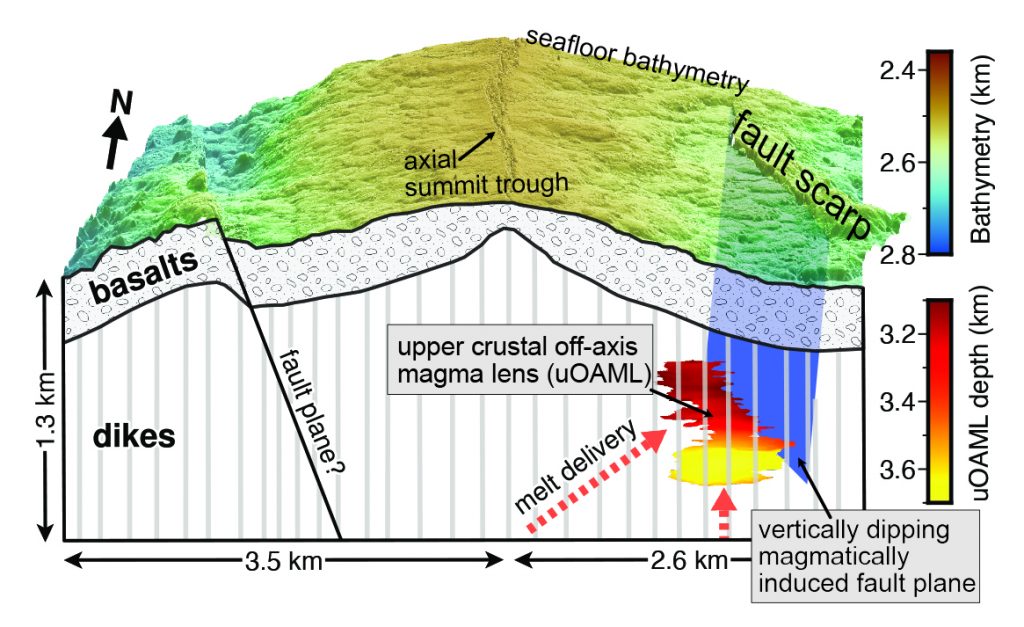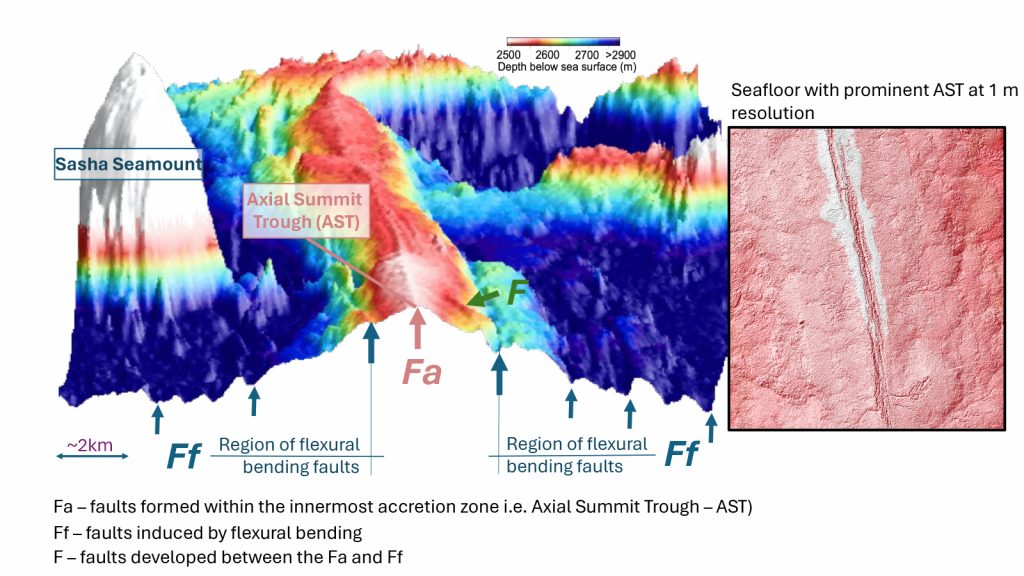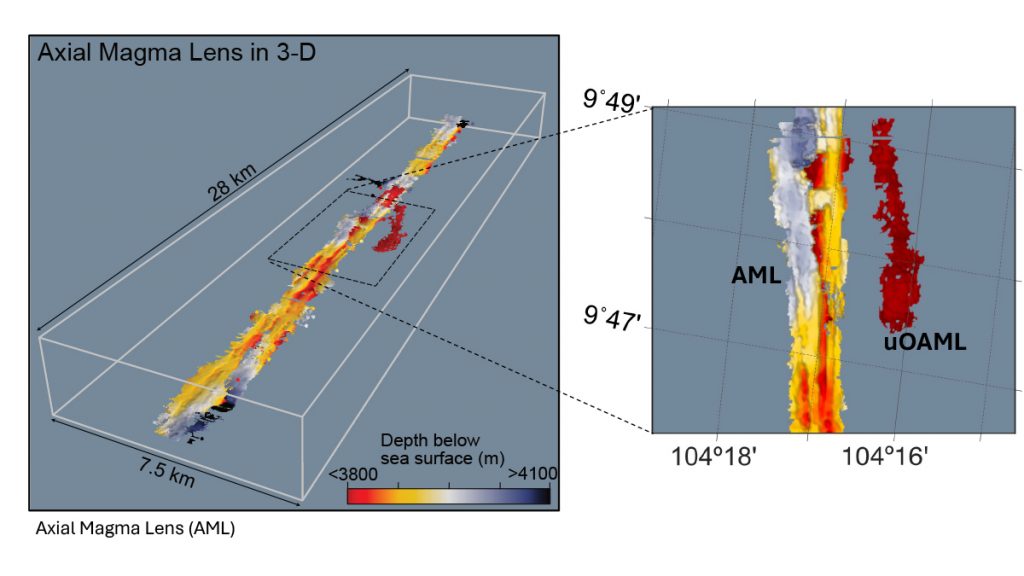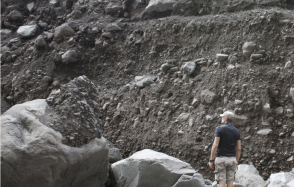Evidence of magmatically induced faults at the East Pacific Rise
By comparison of ultra-high-resolution 3-D seismic imagery and bathymetry data collected at the East Pacific Rise (EPR) 9º50'N, researchers reveal the existence of magmatic induced faults near the ridge axis.
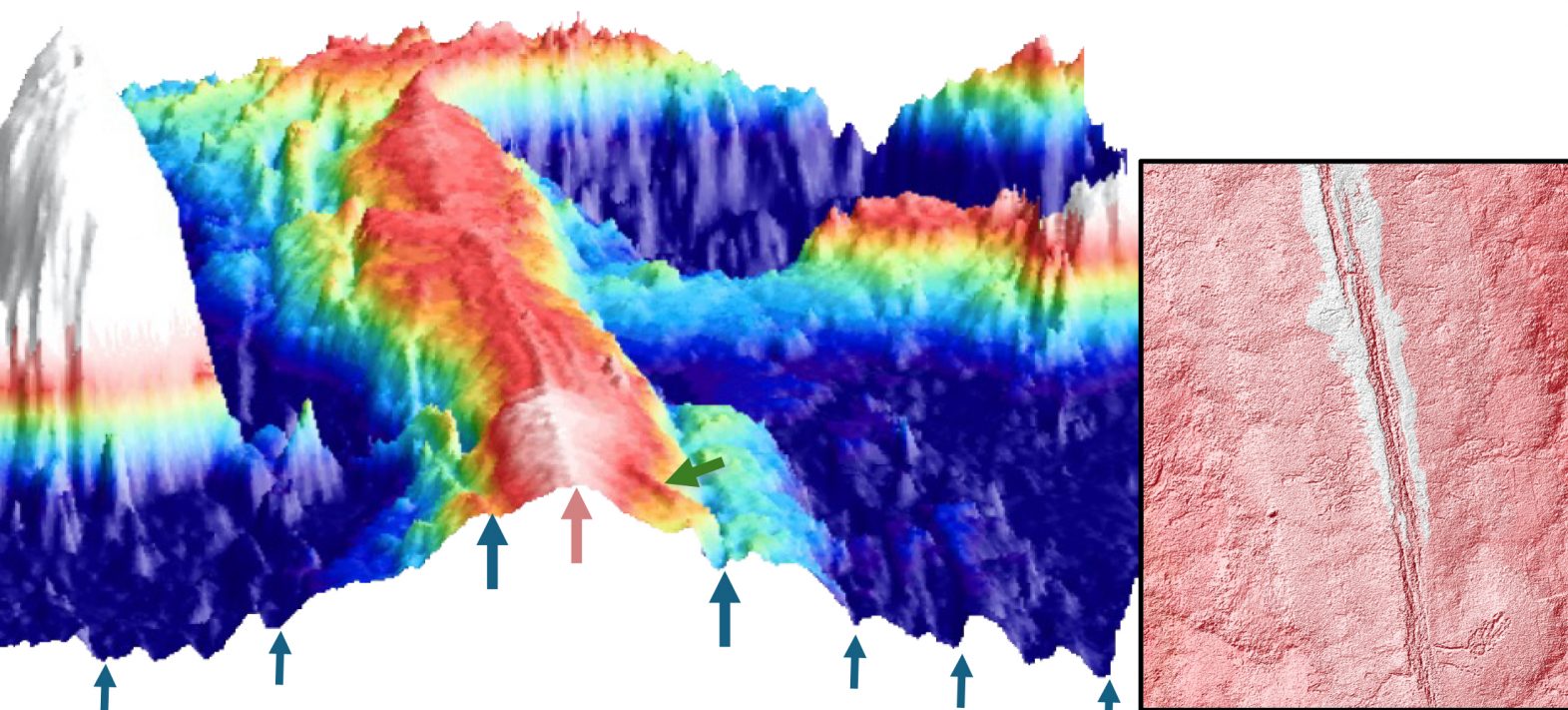
Publication date: 25/06/2024
Press, Research
Related teams :
Marine Geosciences
Related themes : Earth and Planetary Interiors





